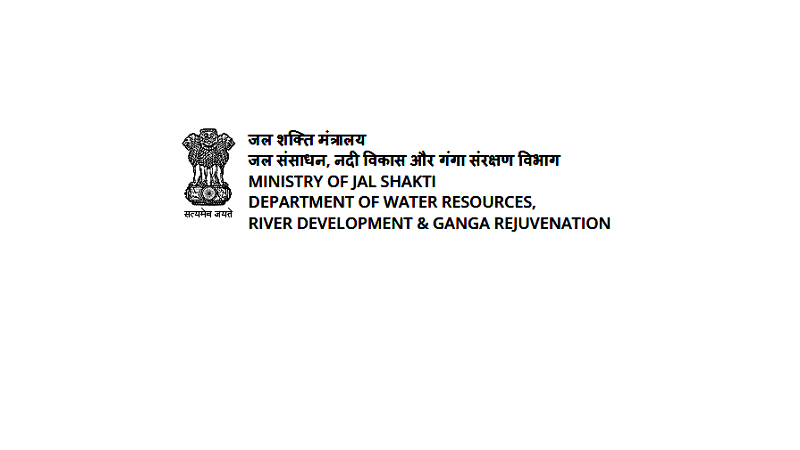Madhya Pradesh presented their Annual Action Plan (AAP)under Jal Jeevan Mission (JJM)today via video conferencing setting out the State’s action plan to provide tap water connections to rural households in 2021-22 as well as the saturation plan, so that every rural home of the State gets tap water supply in a time-bound manner. Madhya Pradesh is likely to get about Rs 3,000 Crore Central fund in 2021-22. Considering this quantum jump of allocation of almost 2.5 times of previous year, the State has to make provision for matching State share and prepare a realistic expenditure plan for effective utilization funds.
A month-long planning exerciseis currently underway which involves two States/ UTs presenting their AAP dailyto a committee chaired by Secretary, Department of drinking Water & Sanitation, Ministry of Jal Shaktiand members from different Central Ministries/ Departments and NITI Aayog. The committee jointly reviews the proposed Annual Action Plan (AAP) before finalizing the same. Thereafter, fund is released in tranches throughout the year and regular field visits, review meetings are held to ensure implementation of the AAP to achieve the goal of Jal Jeevan Mission.
Madhya Pradesh has 1.23 Crore rural households, out of which 37.69 lakh (31%) have tap water supply in their homes. In 2020-21, Madhya Pradesh has provided 19.89 lakh tap water connections and has been one of the top performers in the country under Jal Jeevan Mission. In 2021-22, the State has planned for saturation of 7 districts and 22 lakh new tap water connections. The national committee advised the State to cover more districts and particularly give emphasis to increase the coveragein priority areassuch as SC/ST dominated habitations, water quality-affected areas, water-scarce areas, Aspirational districts, PVTG habitations, etc.
The State was asked to give priority to water testing for bacteriological & chemical contamination of water. Community to be encouraged for surveillance of water quality. PHE Department is facilitating to empower and engage with the community. For this, an action plan is carried out to incorporate the various planned activities like timely procurement of kits, supply of kits to the community, identification of at least five women in every village, training women for use of Field Test Kits and reporting and collating the reports with laboratory-based findings of the water sources. The State has done some remarkable work by accrediting 28 water testing laboratories last year and it will be helpful for the people to go to these laboratories to test the quality of water. The State also plans to take up NABL accreditation of 23 out of 51 district labs in 2021-22.
Union Government’s flagship programme, Jal Jeevan Mission – Har Ghar Jal is under implementation in partnership with States/ UTs to provide household tap water connection to every rural home of the country by 2024. In 2021-22, in addition to the Rs 50,000 Crore budgetary allocation for JJM, there is also Rs. 26,940 Crore assured fund available under the 15th Finance Commission tied-grants to RLB/ PRIs for water & sanitation, matching State share, other sources like District Mineral development fund, MGNREGS, etc. as well as externally aided projects for drinking water supply works in villages. Thus, in 2021-22, more than Rs. 1 lakh Crore is planned to be invested in the country on ensuring tap water supply to rural homes. This kind of investment is likely to continue over three years to achieve ‘Har Ghar Jal’, which is a boon for the rural economy.
The State Action Plan is prepared by States/ UTs to provide 100% of rural households with tap water connections and achieve overall drinking water security in villages. This is the master plan with detailed information on several schemes to be retrofitted/ new drinkingwater supply schemes to be taken up to achieve saturation along with timelines to initiate and complete and commission the schemes on the ground for regular and long-term supply of safe drinking water to rural homes. It also identifiesdifferent funding sources for convergence for judicious utilization of funds,firm up State O&M policy, intensify IEC/ activities, Water Quality Monitoring &Surveillance activities, invest in sensor-based IoT technology for real-time monitoring and measurement of water supply, etc.
Now, in the times of the Corona pandemic, it has become very important to deal with the issue of water scarcity, contamination as well as provision of water in rural homes. Clean water will promote better hygiene and a functional tap in household premises will ensure physical distancing by avoiding crowding at public stand posts.Thus, the State needs to expedite the works during this challenging time.


